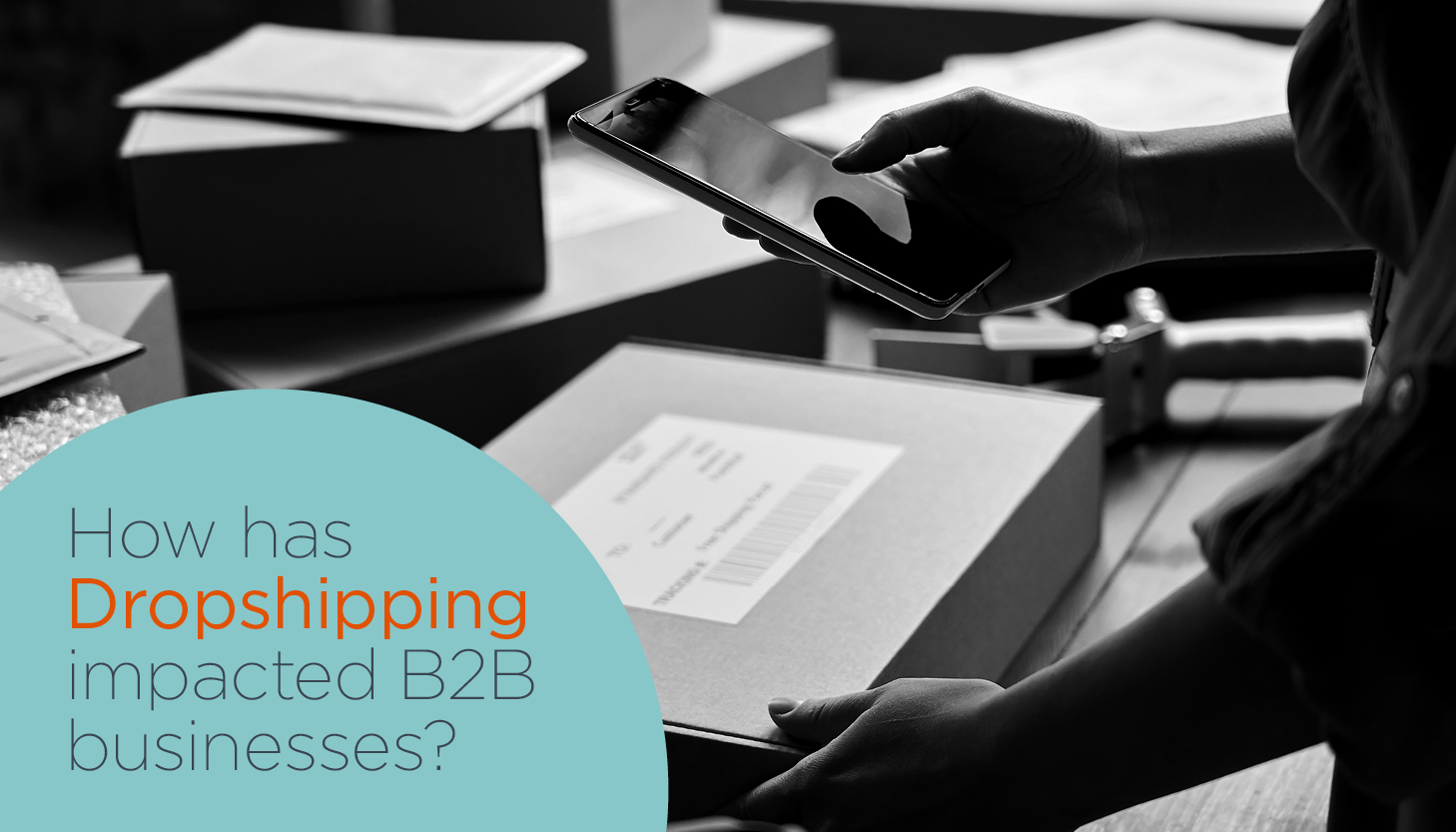As more individuals and small businesses turn to dropshipping, B2B organisations have started to look for inventive methods to promote growth and exceed customer expectations in a digitally-driven economy.
In this post, we’ll touch on essential aspects of dropshipping as it affects B2B businesses. We’ll also address how the influx of individuals into the dropshipping business model affects B2B brands.
What is Dropshipping?
As earlier mentioned, dropshipping is a supply chain management technique in which a retailer doesn’t keep items in stock but instead sends customer orders and shipment details to a manufacturer or wholesaler, who then ships the goods directly to the customer.
For B2B dropshipping, goods are exchanged between the manufacturer and wholesaler or between a wholesaler and retailer. In other words, the end-user who is the consumer isn’t in the picture.
What are the pros and cons of Dropshipping for B2B?
Pros
- Dropshipping lowers cost of entry into the market
Most eCommerce businesses need startup capital, but the initial costs of starting an online dropshipping store are minimal. This cost reduction is possible because you do not need to buy or store inventory. Also, you do not incur any cost on shipping and handling or worry about incurring any loss from unsold goods.
- Flexible location
Dropshipping allows you to run your business from any location as long as you have your computer and access to the internet. Unlike in brick and mortar businesses, dropshipping guarantees location freedom, and that’s part of the reason almost 30% of eCommerce businesses have adopted dropshipping.
- No inventory
The entire eCommerce business thrives on inventory. But ironically, it comes with its challenges, such as storage and inventory management (which is by nature complicated and time-consuming). As a result, an increasing number of B2B brands embrace dropshipping because the absence of inventory means one less thing to worry about.
- Saves time and labour costs
As you know, eCommerce has tons of moving parts which sometimes attracts high overhead costs such as shipping & handling as well as labour costs and storage. B2B brands can leverage dropshipping to reduce these costs .
Cons:
- Reduced profit margin
The supply chain in dropshipping is longer, and that lowers the profit margin automatically. But the consolation is that you save in other aspects, and that creates room for balance.
Wondering how it’s possible to both lower costs and reduce profit margin at the same time? Dropshipping might help you save on logistical expenses, but you lose a slice of the profit because there are around six key actors in the supply chain, all of whom need to be paid. It can still be worthwhile, however balancing all the costs so you still turn a healthy profit takes careful consideration.
- Inventory issues
It’s pretty easy to check inventory levels when you own the stock. But it’s not that easy in dropshipping. Why? Because you’d be dealing with many suppliers who are also working with many dropshippers. Furthermore, with each supplier employing different strategies (and possibly, software) to update their stock, it becomes your responsibility to adapt to their different styles.
- Lack of control
Your dropshipping partners (suppliers in this case) are in control of everything. They control stock listing, logistics, packaging, and shipping – all necessary to create a smooth customer experience. If they run into any issues, it’s your brand reputation at stake. Finding a reliable partner is crucial as issues could lead to poor reviews and ratings, which aren’t so good for business. This situation could be exacerbated for B2B brands with large retail orders.
Does it change supply chain relationships?
Dropshippers rely on the supplier for production, packaging, and fulfilment, which means no opportunity to conduct ongoing quality control checks before the products get dispatched.
This doesn’t mean that you’re completely helpless. As a dropshipping brand, you’re at liberty to choose your business partners. While finding reliable suppliers with a good track record can be a bit challenging, as you interact with more people and build relationships, you’ll be able to narrow your search and eventually settle for the most trusted partners.
Who benefits – brands, consumers, or retailers?
Everybody benefits in different measures. The more orders a brand can fulfil, the more cash flow they’ll enjoy. Retailers will also stock up more products, and the suppliers get a considerable share of the profit.
For B2B brands and retailers to make a good profit, they should leverage the market competitiveness and price their products correctly. That would, in turn, position the consumers to go for the best deal. So although the supplier might appear as the biggest winner, it can be a win-win situation for everyone involved.
Impact of the rise in Dropshipping on B2B companies
Generally, dropshipping helps B2B companies expand their product offerings, build customer loyalty, and increase sales. That said, you might expect things to take a slight dip for B2B brands given how many individuals are starting their own dropshipping businesses. But that isn’t the case.
B2B brands aren’t necessarily in competition with individuals because their target markets differ. One significant advantage B2B companies have over others is that they process bulk orders, allowing them to negotiate lower prices with the suppliers among other benefits. So we can say that the influx of individuals into the dropshipping business has little or no negative impacts on B2Bs.
Are you looking to scale your B2B dropshipping business for more profit? We want to help – talk to us today.

